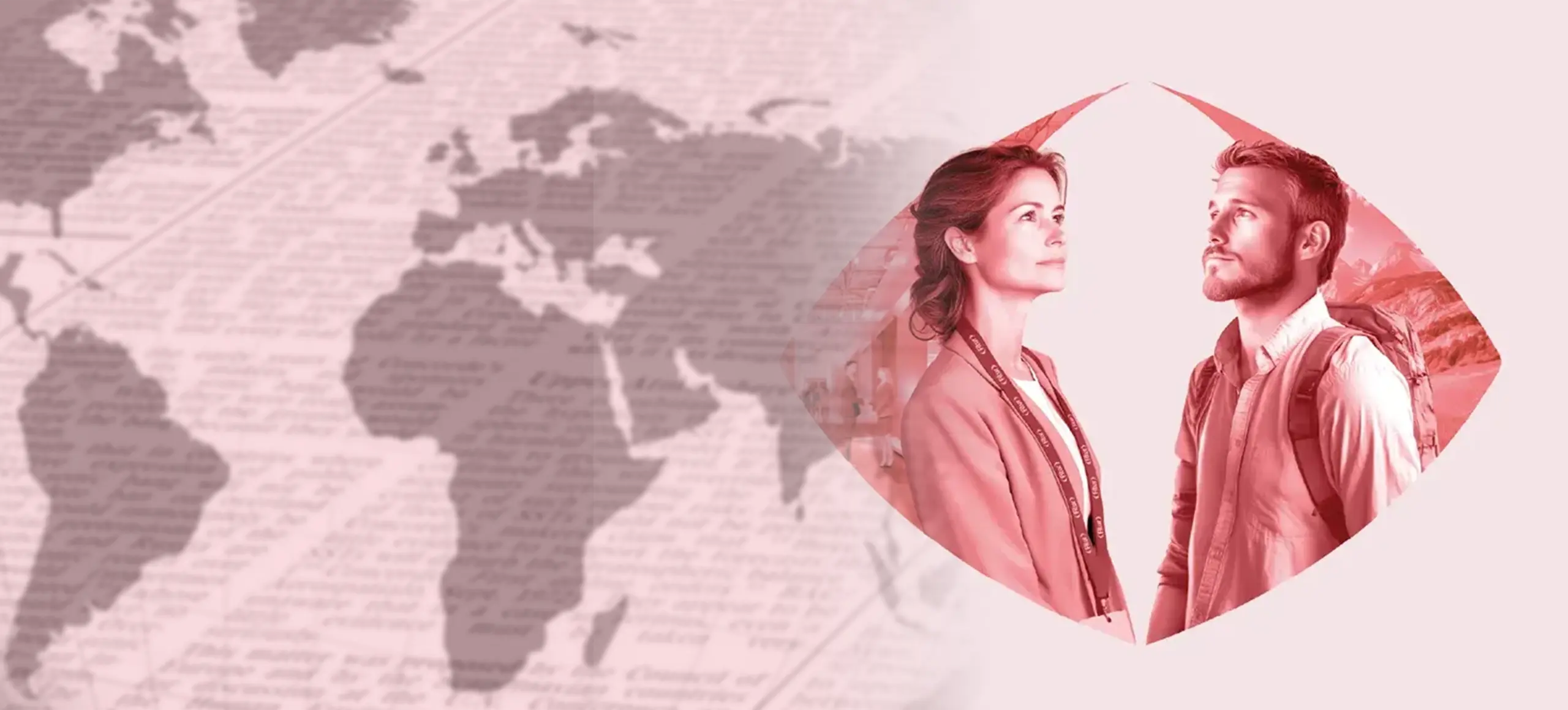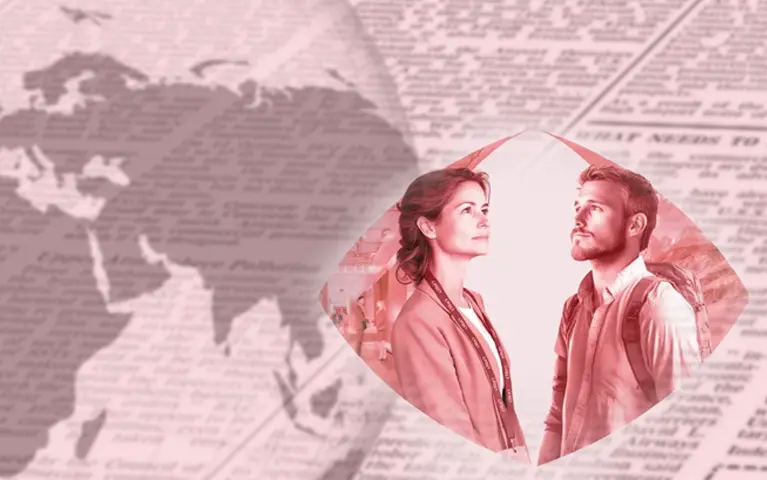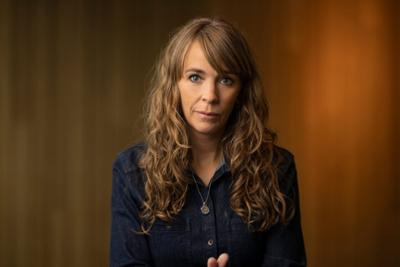

Oddný Arnarsdóttir: FITUR will allow Iceland to strengthen its presence in Spanish and Latin American markets
"FITUR for Iceland is an exceptional opportunity to strengthen our presence in the Spanish and Latin American markets," says Oddný Arnarsdóttir, Head of Visit Iceland. "It allows us to engage more closely with key players and the media, while showcasing our country's uniqueness: the power of geothermal energy, the thrill of outdoor adventure and the spectacle of the Aurora Borealis." At FITUR 2026 Iceland will be highlighting how it is leading the way in sustainable tourism through innovations in thermal wellness and environmentally responsible practices; and will be presenting new travel proposals.
How has tourism in Iceland developed in recent years?
Iceland experienced rapid tourism growth between 2013 and 2017, especially outside the traditional high season, but since then the overall increase has levelled off. On average, there are about 42,700 foreign tourists in the country on any given day of the year: about 38,700 during the low season months (January-May and September‑December) and about 67,600 in summer (June‑August). In fact, we received more visitors in January‑March 2024 than in the same period in 2013. Thanks to targeted marketing actions, we have managed to reduce seasonality: the proportion of tourists travelling in the three most popular months dropped from 67% to 35% between 2013 and 2024.
After the slump during the pandemic, international arrivals have seen a strong recovery, driven by renewed interest in nature, wellness and authentic cultural experiences. At the same time, we are promoting a more even distribution of visits throughout the year and in all regions, thus caring for our landscapes and communities.
What does the tourism industry represent for the Icelandic economy? How many and what type of companies does it consist of?
Tourism remains one of the main pillars of Iceland's economy, accounting for 8.5% of GDP and generating foreign exchange and employment throughout the territory. It comprises more than 1,500 companies, from adventure operators to boutique accommodation, transport companies, restaurants, cultural venues and wellness/spa experiences.
In addition, local communities are actively involved in the design of tourism routes and products. Prominent examples include "The Volcanic Way" and "Westfjords Way",initiatives that promote more sustainable and balanced tourism between regions, benefiting both the visitor and the residents alike.
What are tourists to your country looking for and which tourist segments are the most popular?
Visitors are attracted by Iceland's pure nature: volcanoes, glaciers, geothermal wonders and the Aurora Borealis. And they stay for the safety, creativity and genuine hospitality. Some stand out segments include: nature and adventure tourism; winter travellers in search of Aurora Borealis and Astrotourism; "soft adventure" (hiking, geothermal baths) and a growing interest in gastronomy and culture.
What actions do you plan to take to boost and further develop Iceland’s tourism industry?
Iceland has drawn up an ambitious roadmap for tourism development, focused on sustainability, economic resilience and the well-being of local communities. This strategy is articulated through two main pillars: the Tourism Policy and Action Plan until 2030, and the international initiative Tourism for the Future.
Approved by the Icelandic Parliament, the Tourism Policy 2030 sets out a comprehensive framework for the development of the industry. It is based on four pillars: economy, society, environment and visitors. It aims to ensure that tourism benefits both residents and visitors, without compromising the country's natural resources and cultural identity.
The plan includes 12 priority areas and 43 specific actions, including: investments in infrastructure and air connectivity to promote year-round tourism; open data platforms for evidence-based decision-making; measures to reduce pressure on popular destinations and promote balanced regional development; and promotion of the Icelandic language and cultural heritage as tourism assets.
Complementing this policy, the Tourism for the Future initiative seeks to position Iceland as a leading destination in terms of sustainability. Launched in 2024 and funded with 200 million ISK, this international campaign aims to: communicate proactively in situations such as natural disasters; promote Iceland as a responsible and resilient destination; develop campaigns in key markets in collaboration with the tourism sector; and reinforce Iceland's image as a country committed to conscious tourism and the future of the planet.
In addition, Iceland has already implemented multiple tools to facilitate more sustainable tourism, such as the carbon calculator and map of charging stations for electric vehicles; the Icelandic Pledge, a set of guidelines encouraging responsible travel and respect for nature; the Tourist Site Protection Fund, which has financed more than 800 projects across the country; and the Visitor Counter and interactive maps to distribute the tourist flow in a balanced way. These actions reflect Iceland's commitment to a tourism model that not only attracts visitors, but also inspires positive change in the way people travel.
What other characteristics of the country's tourism model would you highlight?
Iceland is known for its hospitality and openness to cultural exchange. Local communities have embraced tourism as an opportunity to share their lifestyle, traditions and natural environment, developing themed routes and cooperatives that energise remote areas. This community-based model has been key to balancing economic benefits with respect for the environment and cultural identity. Iceland is also firmly committed to safety, equality and inclusive tourism, transparently managing our volcanic landscape and ensuring extraordinary and responsible experiences.
How many Spanish visitors does Iceland receive and how many tourists from your country choose Spain as a destination each year?
In 2024, Iceland received 71,848 Spanish visitors,a year-on-year increase of 4.3% and the highest figure since we started counting in 2003. Spain, meanwhile, remains the most popular destination for Icelanders. This two-way flow underlines the strength of the tourism relationship between the two countries.
What does your participation at FITUR mean for Iceland?
FITUR for Iceland offers an exceptional opportunity to strengthen our presence in the Spanish and Latin American markets. It allows us to engage more closely with key players and the media, while showcasing our country's uniqueness: the power of geothermal energy, the thrill of outdoor adventure and the spectacle of the Aurora Borealis.
At our stand, we will be highlighting how Iceland is leading the way in sustainable tourism through innovations in thermal wellness and environmentally responsible practices. We will be presenting new travel proposals, from wellness experiences and seasonal gastronomic routes, to cultural immersions and discovery tours through volcanic landscapes.
FITUR is also the perfect setting to turn that inspiration into bookings, boosting visits in mid- and low-season, and consolidating Iceland's image as an inclusive, avant-garde destination that is deeply committed to its communities and nature.
What innovations and proposals will you be presenting at FITUR 2026?
At FITUR 2026, Iceland will come with a fresh and forceful proposal under the international campaign Tourism for the Future, which reinforces our commitment to responsible tourism aligned with the Sustainable Development Goals. Tourism for the Future
is a global initiative that places Iceland as a benchmark for resilience and sustainability. We will be showcasing specific projects of conservation, innovation and local authenticity, and how tourism can have a positive impact on people, communities and the planet.
On the other hand, we will be presenting new experiences that take advantage of geothermal energy in a sustainable way: from natural spas immersed in volcanic landscapes to 0 km gastronomic proposals and regenerative routes that give back to the environment more than what they extract.
With solar maximum in full swing, we predict one of the best cycles for viewing the Aurora Borealis in 2026-2028. We will be launching specialised routes and state-of-the-art digital tools for travellers to plan their stellar experience with confidence.
With these proposals, Iceland at FITUR 2026 invites trade visitors and the general public to rediscover a destination that combines adventure, nature and sustainability, inspiring a new way of travelling, more aware and committed to the future.





